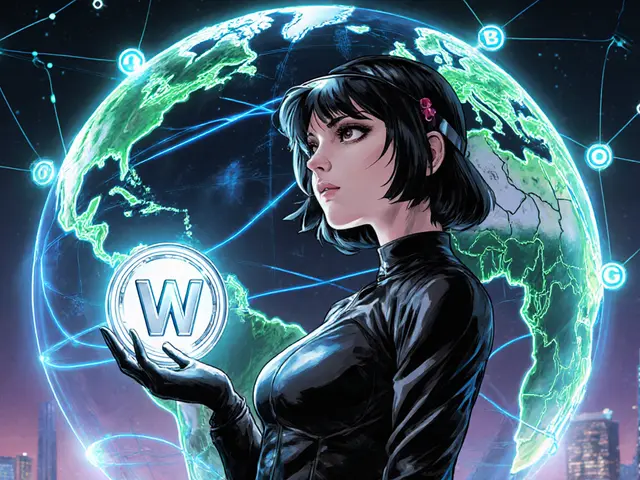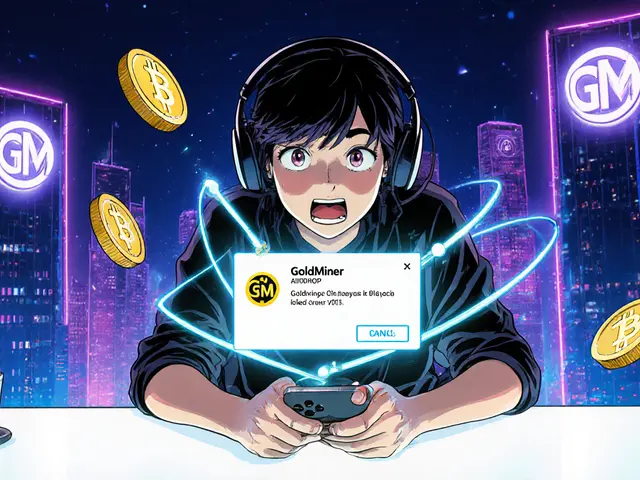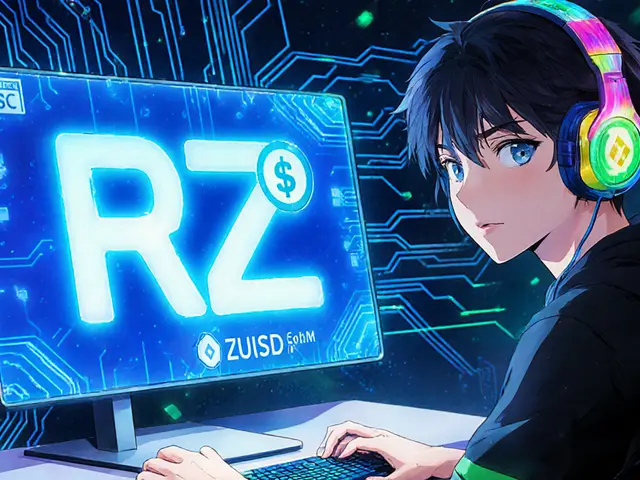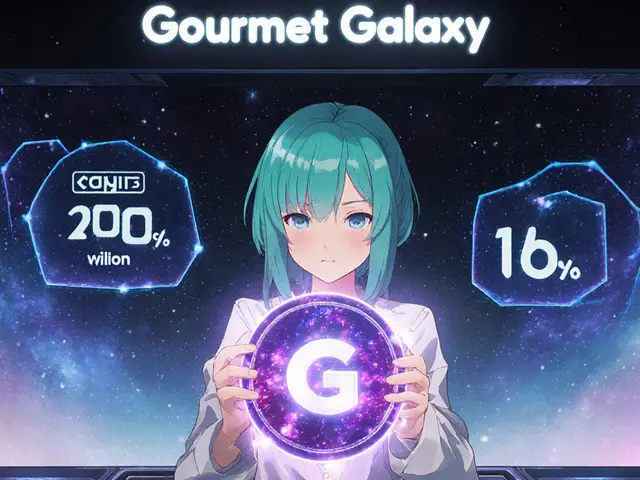Chest NFTs Explained
When dealing with Chest NFTs, digital containers that hold random tokenized assets, often used in blockchain games and collectibles. Also known as loot chests, they let users unlock surprise items like in‑game gear, other NFTs, or crypto rewards. The idea is simple: a smart contract mints a sealed chest, you buy or earn it, and a random draw decides what you receive. This randomness mirrors traditional loot boxes but adds true ownership and provable scarcity. Chest NFTs have become a core mechanic for many play‑to‑earn games because they turn chance into on‑chain value.
One key cousin of Chest NFTs is the Loot Box, a game feature that offers random items for a fee or reward. Loot boxes influence player engagement by creating anticipation and a sense of reward. In the crypto world, the loot box concept merges with token economics: the value of the chest is tied to the market price of the underlying NFTs or tokens it may contain. This link makes chest opening a small financial decision, not just a game moment.
How Play‑to‑Earn and Airdrops Fit In
The Play‑to‑Earn, a model where players earn cryptocurrency or NFTs by participating in a game model often uses Chest NFTs as reward vessels. A player might complete a quest, earn a chest, and then receive a rare character skin or a token that can be traded. This creates a loop: earn, open, trade, repeat. Another related mechanic is the Airdrop, a distribution of free tokens or NFTs to eligible wallets. Airdrops can be bundled inside chests, turning a simple free giveaway into an exciting unboxing experience. Projects like MetaSoccer and GoldMiner already blend airdrop rewards with chest mechanics, giving users both surprise and tangible value.
Because chest contents are on‑chain, marketplaces can list unopened chests just like any other NFT. Buyers can evaluate the probability distribution of items, compare prices across platforms, and even use analytics tools to estimate expected returns. This transparency fuels a secondary market where chests themselves become tradable assets. The more popular the game, the higher the speculation on chest rarity, leading to price spikes that mirror traditional collectibles markets.
Developers need to design chest smart contracts carefully. They must define clear rarity tiers, ensure randomness is verifiable (often through VRF or commit‑reveal schemes), and set up fair fee structures. Security audits are a must—any flaw can let attackers manipulate outcomes or steal unopened chests. For players, understanding tokenomics, vesting schedules, and any associated airdrop claims can mean the difference between a fun surprise and a costly mistake.
Below you’ll find a curated set of guides, airdrop details, and deep dives that cover everything from how to claim a chest‑based airdrop to the best practices for evaluating chest NFTs on secondary markets. Whether you’re a gamer looking for the next big loot, a trader hunting profitable openings, or a developer building your own chest system, the articles ahead give you practical steps and real‑world examples to get the most out of Chest NFTs.
Learn everything about the Galaxy Adventure Chest NFT airdrop: eligibility, claim steps, rarity benefits, risks, and future outlook in a concise guide.
Read More





